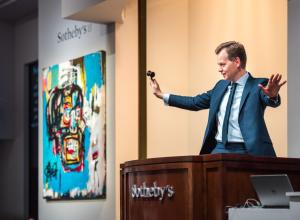This is part of the appeal: highly valuable art that can be bought in shares and made accessible to the broader collecting public. Buyers are often able to access better deals on NFTs than art sold at auction or in galleries, because artists can cut out the middleman and sell directly online. Unlike a traditional painting or sculpture, the blockchain code within each NFT holds an unchangeable record of its transaction history, so its provenance is much easier to trace than other artworks.
These benefits may be why NFT sales have not completely disappeared after the post-COVID bubble. In fact, some galleries are betting on the resurgence of digital art generally. Adam Heft Beringer’s Heft Gallery on the Lower East Side in New York City launched this past spring to accommodate artists whose work includes generative code, scanners, machine learning, and other “systems.” The online marketplace SuperRare introduced a brick-and-mortar gallery, Offline, whose first public exhibition opened in July. It included 15 artists whose work at least partially leverages digital tools.


![DEl Kathryn Barton [Australian b. 1972] the more than human love , 2025 Acrylic on French linen 78 3/4 x 137 3/4 inches 200 x 350 cm Framed dimensions: 79 7/8 x 139 inches 203 x 353 cm](/sites/default/files/styles/category_card_187x139/public/ab15211bartonthe-more-human-lovelg.jpg?itok=LJbNuU6F)

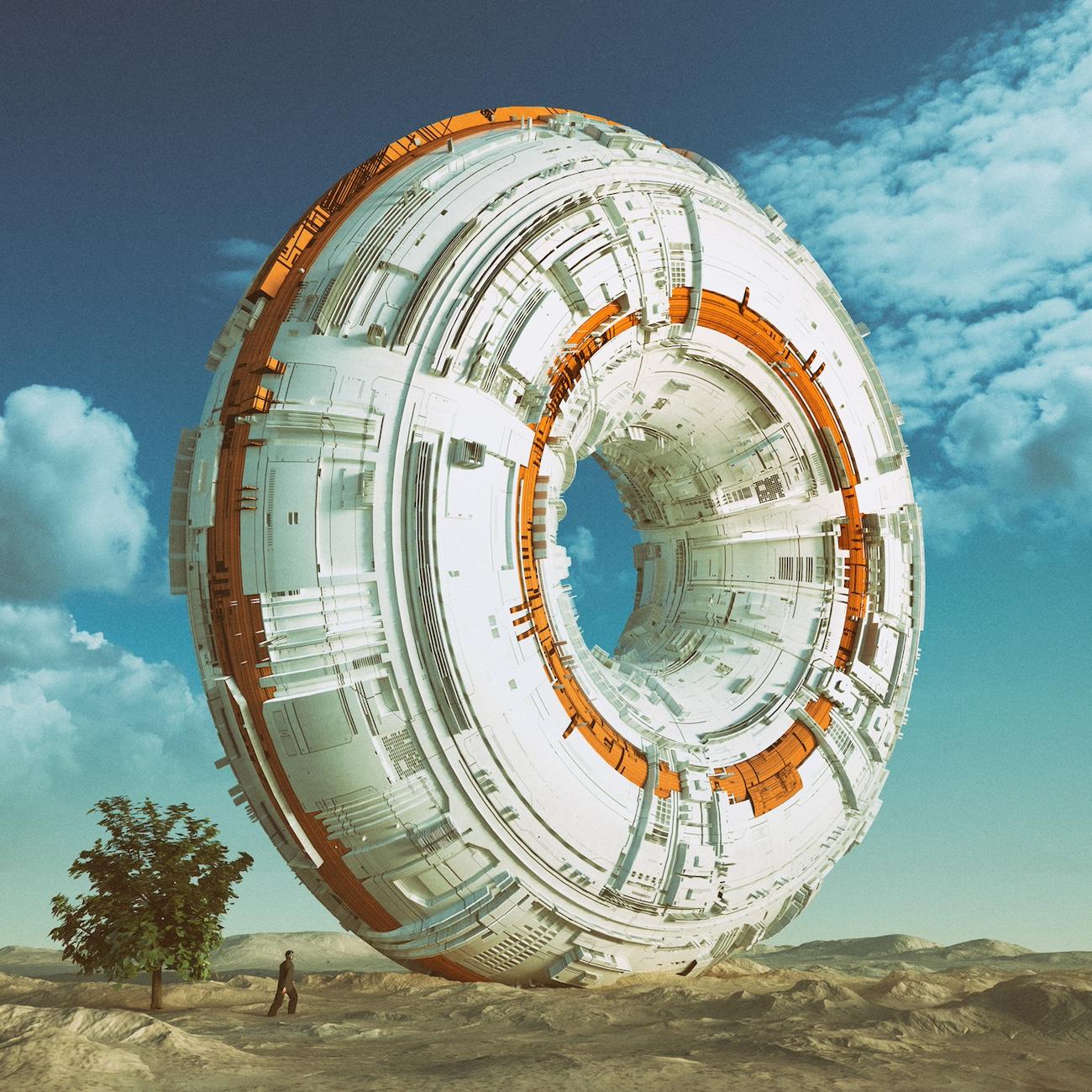
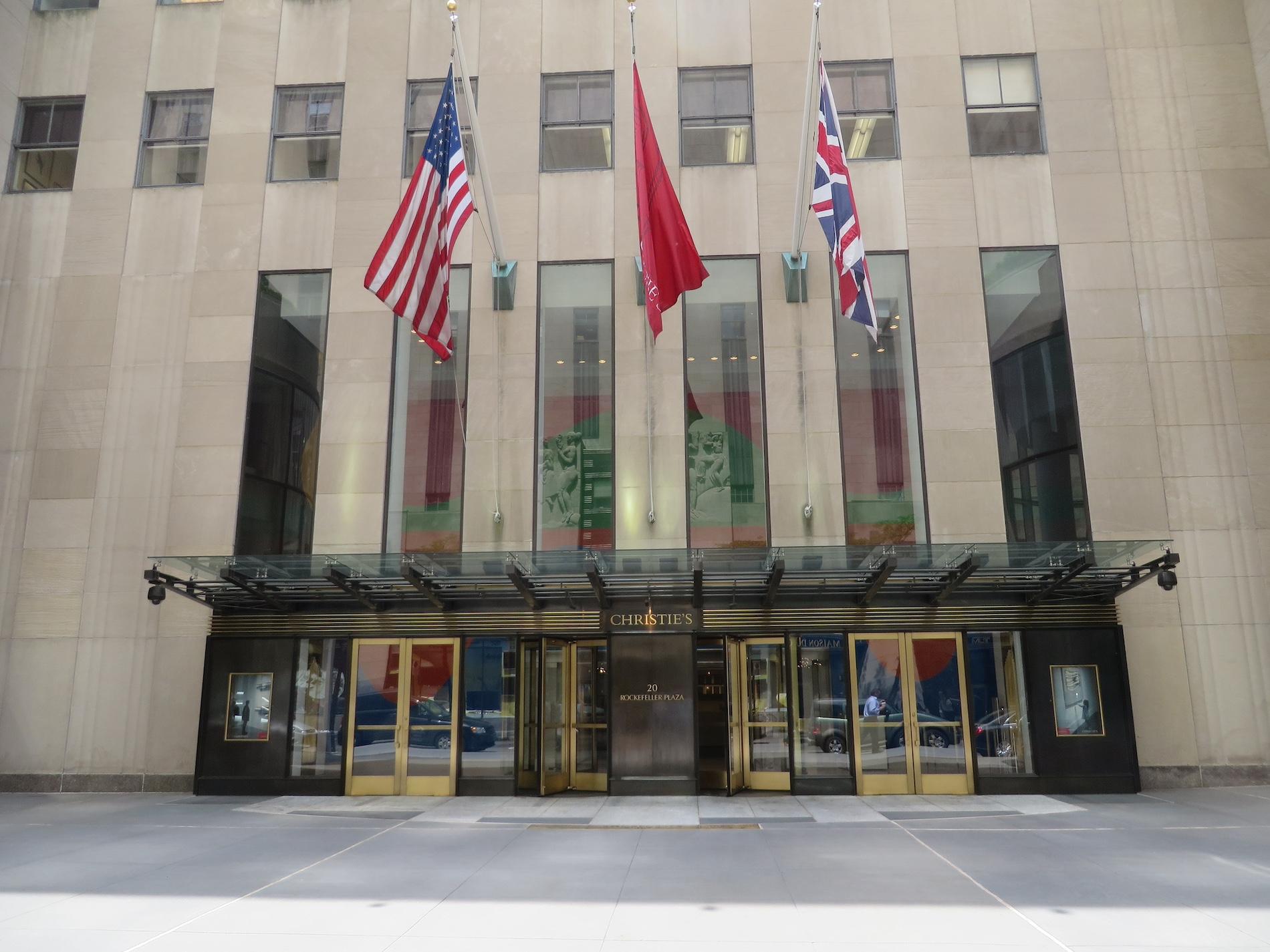


![DEl Kathryn Barton [Australian b. 1972] the more than human love , 2025 Acrylic on French linen 78 3/4 x 137 3/4 inches 200 x 350 cm Framed dimensions: 79 7/8 x 139 inches 203 x 353 cm](/sites/default/files/styles/image_5_column/public/ab15211bartonthe-more-human-lovelg.jpg?itok=wW_Qrve3)
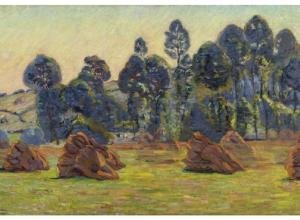
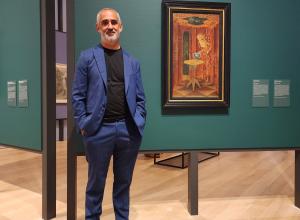



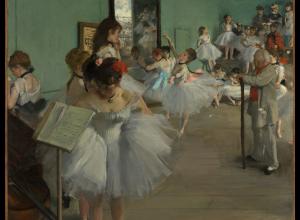





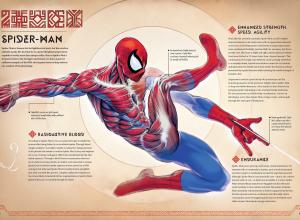

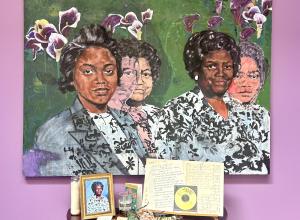


![Merina [Pop Chalee] Lujan, Taos, 1906 – 1993, Yellow Horse, gouache on paper, 13 1/8 x 18 1/8 in. (33.3 x 46 cm.) Estimate: 1,000 – 2,000](https://www.artandobject.com/sites/default/files/styles/image_5_column/public/4630-58.jpg?itok=kBAYkc0u)

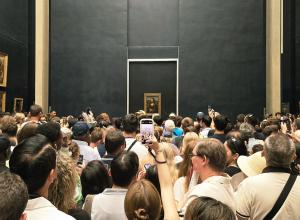
![Ginevra de’ Benci [obverse]. 1474/1478. Leonardo da Vinci. Oil on Panel. Ailsa Mellon Brue Fund, National Gallery of Art.](https://www.artandobject.com/sites/default/files/styles/image_5_column/public/ginevradebenciobverse196761a.jpg?itok=hIzdUTaK)


